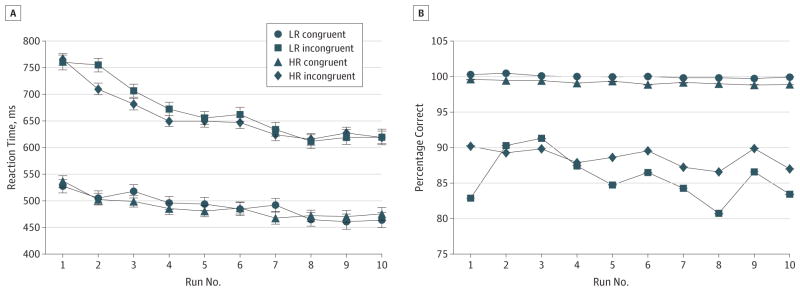Figure 1. Behavioral Performance on the Simon Task.

Reaction times (A) and accuracy scores (B) from each trial across all 10 runs of the Simon task were entered as dependent variables in separate repeated-measures, linear mixed models in SAS (SAS Institute Inc), with risk group (high risk [HR] or low risk [LR]), stimulus congruence (incongruent or congruent), age, sex, and run number (0–10) included as independent variables. The error bars represent standard errors. A, The HR group responded significantly faster, on average, on the incongruent but not congruent trials than did the LR group, but this faster performance when resolving the cognitive interference was driven by members of the HR group who had never had lifetime major depressive disorder or anxiety disorder (Table 2), which suggests that better performance was a resilience effect. B, The HR group, on average, was more accurate than the LR group on incongruent trials, but these group differences were driven by HR participants who had a lifetime history of illness (Table 2).
